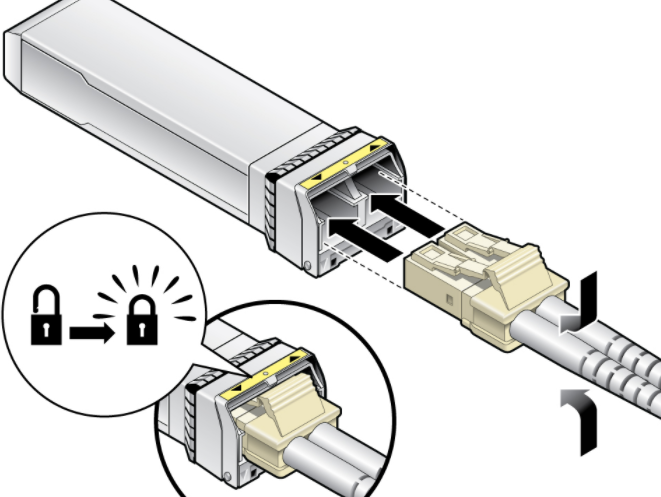Oufu Optical Fiber Cable Co.,Ltd
Address: Shenyang, Liaoning, China
Contact person: Manager Zhang
Phone: 400-964-1314
Mobile phone: +86 13904053308
【whatsapp && wechat】
2024-08-14 1369

Specifications of SFP Fiber Cable:
SFP fiber cables are designed to fit into SFP transceiver modules, which are standardized by the Multi-Source Agreement (MSA) to ensure compatibility across different vendors. Key specifications to consider when selecting an SFP fiber cable include:
Connector Type: SFP fiber cables typically use LC, SC, or ST connectors. LC connectors are the most popular due to their small size and high-density capabilities.
Fiber Type: Single-mode (SMF) and multi-mode (MMF) fibers are the two main types. Single-mode fibers are ideal for long-distance transmission, while multi-mode fibers excel in short-to-medium range applications.
Transmission Speed: SFP fiber cables support a wide range of speeds, from 100Mbps to 10Gbps and beyond, depending on the transceiver module used.
Wavelength: For single-mode fibers, wavelengths such as 1310nm and 1550nm are common, while multi-mode fibers often operate at 850nm.www.adsscable.cn
Cable Length: Available in various lengths, from a few meters to kilometers, to suit different network topologies and distances.
Performance Characteristics:
The performance of SFP fiber cables is paramount in ensuring reliable and efficient data transmission. Key performance characteristics include:
Low Attenuation: The ability to minimize signal loss over long distances, ensuring data integrity and speed.
High Bandwidth: Capable of supporting high data transfer rates, making them suitable for demanding applications like video streaming, cloud computing, and big data analytics.
Interoperability: Compatibility with a wide range of SFP transceiver modules from different manufacturers, ensuring flexibility and scalability.
Durability: Designed to withstand harsh environments and frequent handling, ensuring long-term reliability.
Applicable Scenarios:
SFP fiber cables find their way into numerous networking scenarios, thanks to their versatility and performance. Here are a few examples:www.adsscable.cn
Data Centers: SFP fiber cables are essential for connecting servers, storage systems, and switches within data centers, enabling high-speed data transfer and low latency.
Enterprise Networks: Used to extend the reach of Local Area Networks (LANs) and Wide Area Networks (WANs), SFP fiber cables facilitate seamless communication between different departments, offices, and remote locations.
Telecommunication Infrastructure: In telecom networks, SFP fiber cables are deployed for backhaul, fronthaul, and access networks, enabling high-capacity voice, video, and data transmission.
Industrial Automation: For industrial environments that require reliable, high-speed communication between machines, sensors, and control systems, SFP fiber cables offer a robust solution.
Conclusion:
SFP fiber cables are an indispensable component of modern networking infrastructures, offering a balance of versatility, performance, and cost-effectiveness. By understanding their specifications, performance characteristics, and applicable scenarios, network professionals can make informed decisions when selecting and deploying these critical components. Whether you're building a new network, upgrading an existing one, or simply looking to optimize your network's performance, SFP fiber cables should be a top consideration.